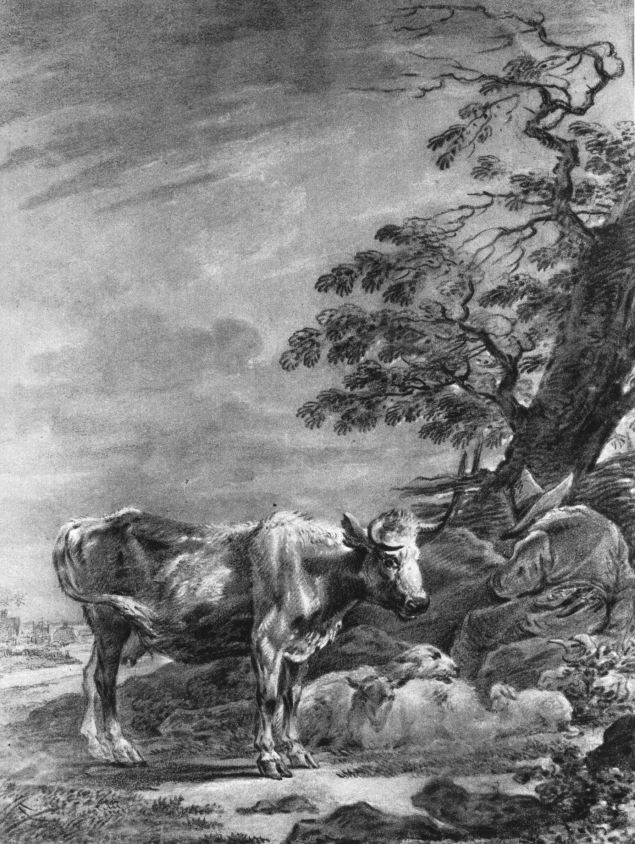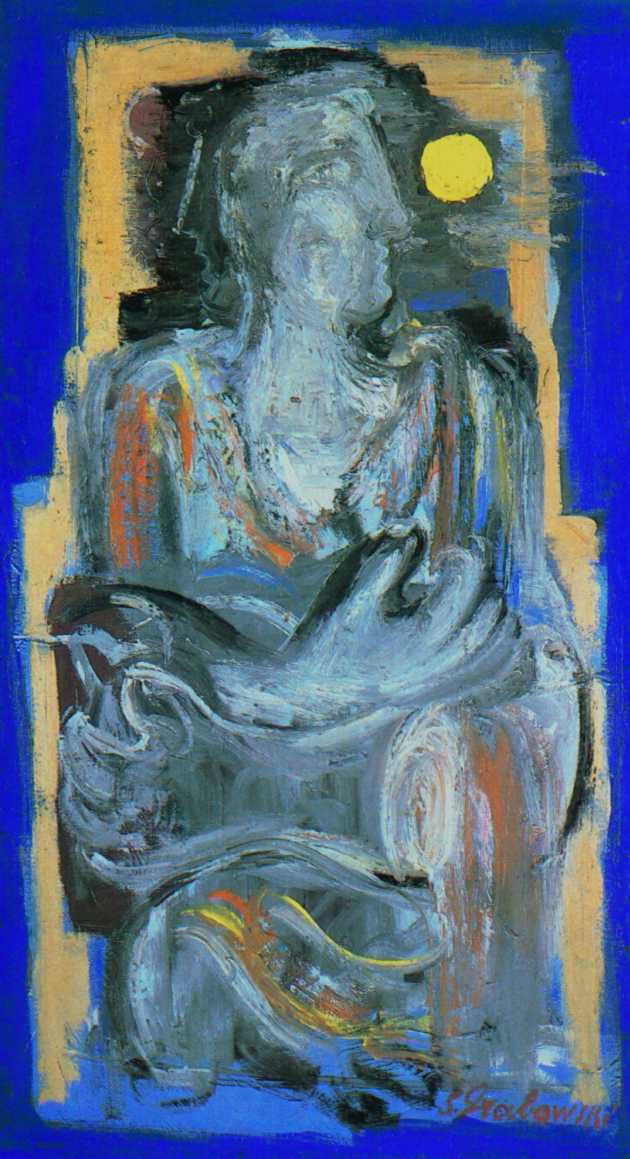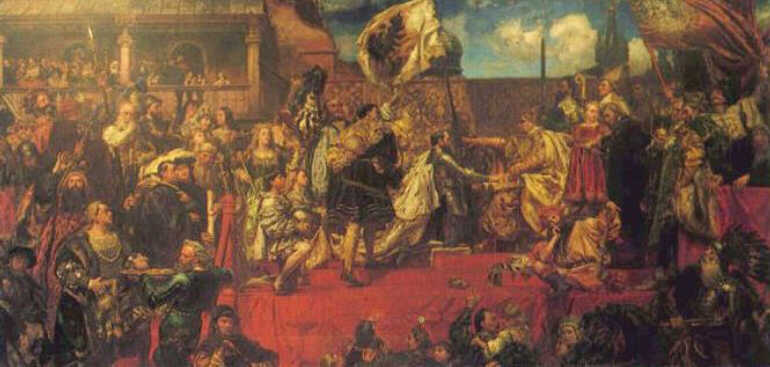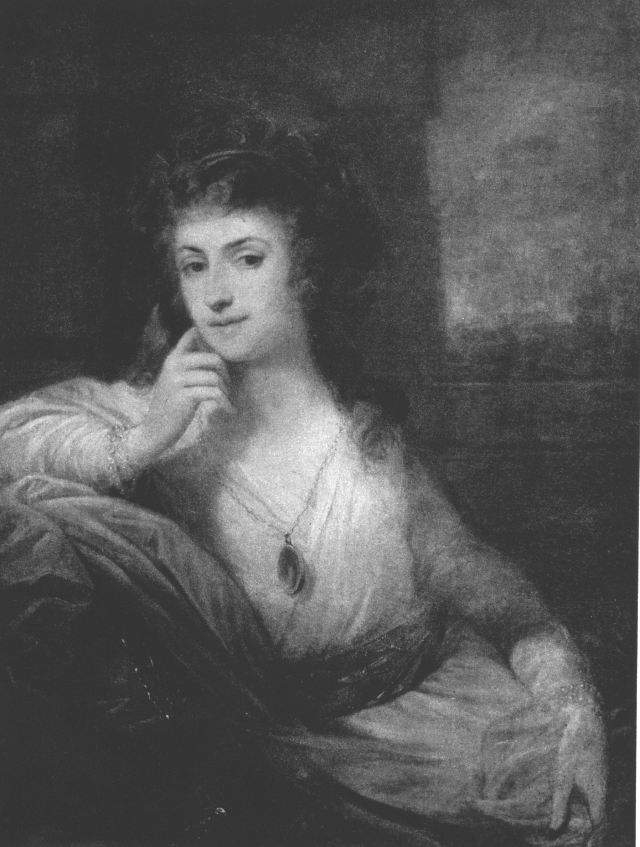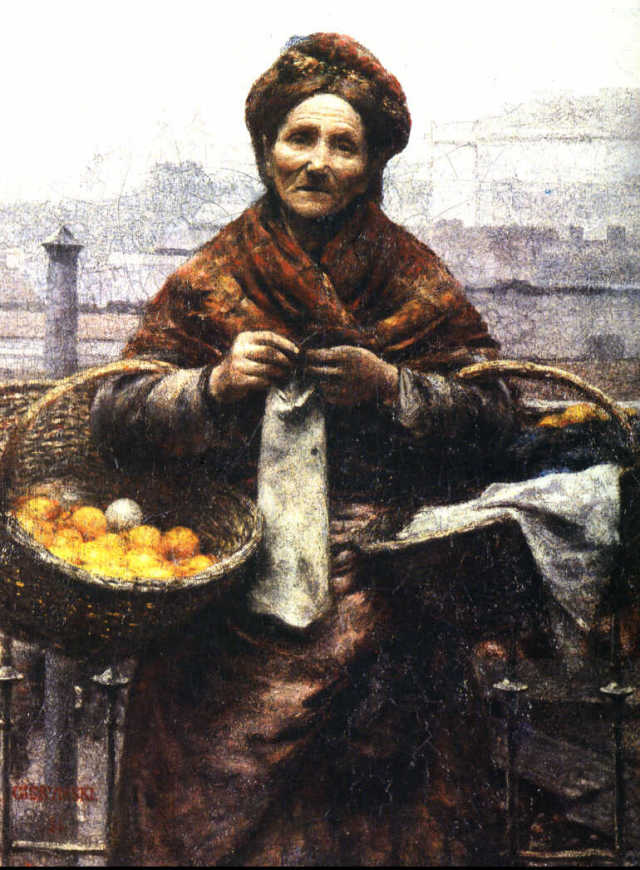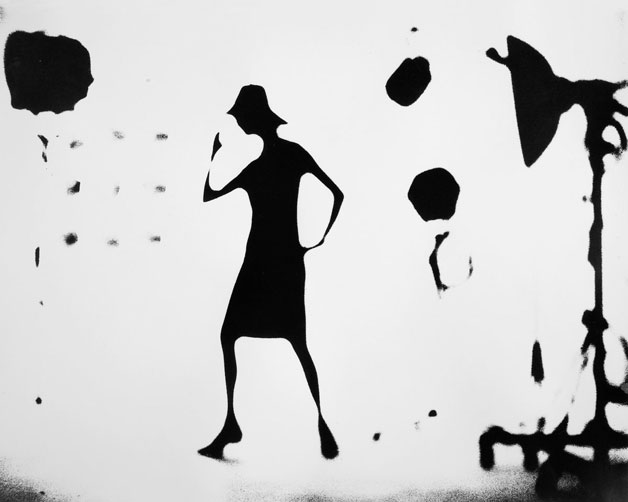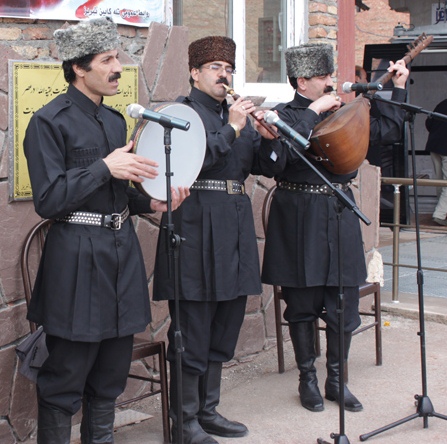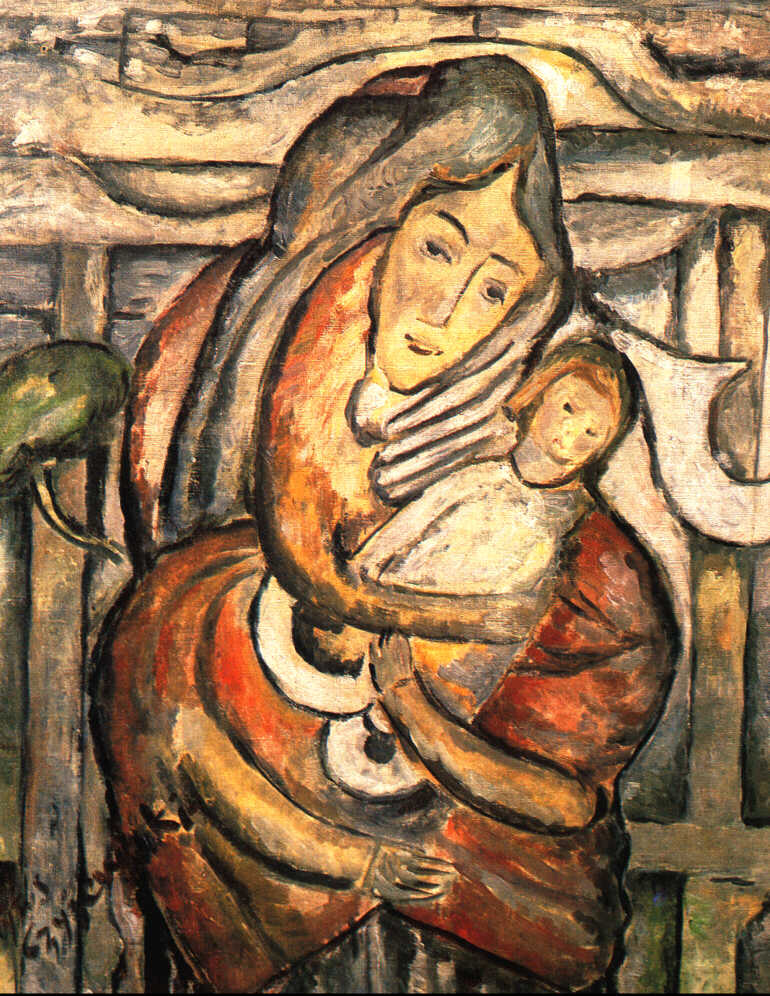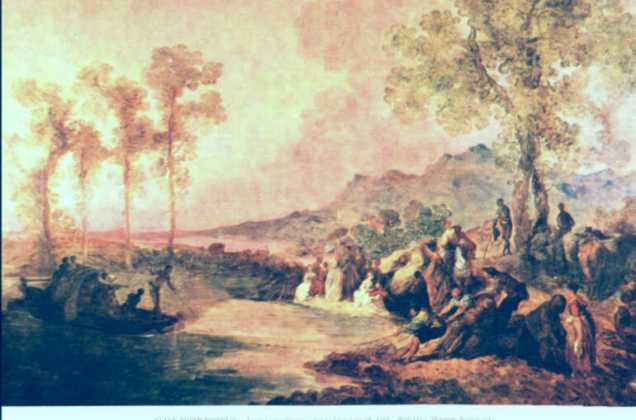 Paul Gauguin – letter to Charles Moricea
Paul Gauguin – letter to Charles Moricea
Charles Morice (1861-1919), critic and writer from the circle of symbolists, friend of Gauguin. Noa-Noa, first published in La Revue Blanche” in October 1897 r., had two authors: to Gauguin's text, constituting a kind of diary from the first stay in Tahiti, Morice wrote two chapters and included several poems.
LETTER TO CHARLES MORICEA
[Tahiti, July 1901]
Dear Morice,
after a long period of silence, a few words from you. I confess, that completely inappropriate publication Noa Noa does not present any benefit to me today. Why do you send me a hundred copies: here it becomes kindling paper; I wrote to you once, that son of Delagravea (publisher) undertook to spend it more favorably. Another and very important thing – buying a big picture; isn't it one of your usual gusts, that end in disappointment; it is so difficult to find a Patron today.
Actually, all today's youth, in a favourable position, it owes it to me; and that it owes — it will not admit it.
They have a lot of talent, much more than me, but I did not have all the facilities in my study and work, just like them. But who knows, would they exist without me, would the world accept them without me?
Tested today knocked to the ground, overcome by poverty, especially the disease, prematurely aged. Will I have a little respite to finish my work - I do not dare to believe it; at least I'm making my last effort and I'm going to live in Fatu-Iva next month; it is one of the Marquesas Islands, almost still in the period of cannibalism. I think, that there is this factor of utter wilderness, this total loneliness will give me the last flame of enthusiasm before I die, rejuvenating my imagination and making my talent come true.
It is a great canvas, when it comes to execution, it is very imperfect. It was done in a month without any preparation or preliminary study; I wanted to die; in this hopeless state, I painted them from one roll. I signed it in a hurry and took an incredible dose of arsenic. It was probably too much; excruciating suffering, however, death did not come, and since then all my scaffolding has shaken, which withstood the impact, it hurts me.
The imbalance in this canvas is compensated by something, perhaps, which cannot be explained, who has not suffered to the extreme and does not know the author's state of mind.
Fontainas, who, after all, always treated me well, accused me, that I couldn't make mine) understandable idea, because the abstract title does not manifest itself in specific forms on the canvas, etc.; he quoted Puvis de Chavannes, always understandable, who can explain their idea.
Yes - Puvis explains his idea - but he doesn't paint it. He is Greek, while I am a savage, wolf in the forest without a collar. Puvis will title the painting Clean and to explain it, he will paint a young virgin with a lily in her hand - a famous symbol; so it is understandable. Gauguin, entitled Purity, will paint a landscape with transparent water; no sign of civilization, probably some character.
Without going into details, there is a whole world between Puvis and me. Puvis as a painter is a scribe, but he is not a writer, while I am not a scribe, but maybe I'm a writer.
Why, in the face of a work, the critic looks for reference points to old adhesives and other authors? Not finding it, what he thinks should be found, does not understand and does not experience emotion. Emotion first! Then understanding.
In this great picture:
Where we are going?
Next to a dead old woman
states a strange stupid bird.
What we are?
Everyday existence.
The man of instinct asks himself, what all this is supposed to mean.
Where do we come from?
Source.
Child.
Everyday life.
The bird concludes the poem by comparing the lower creature with the thinking creature in this great whole., what is the problem announced by the title.
Behind a tree, two gloomy figures covered with clothes of sad colors; at the tree of consciousness they make a reckoning of suffering, caused by consciousness, by comparison with simple beings living in the midst of virgin nature, which could be a paradise for human thought, a thought that is not opposed to a happy life.
Explanatory attributes — familiar symbols — would place the canvas in a sad reality, and the foretold problem would no longer be a poem..
I explain the picture to you in few words. You don't need a lot of them, so that you understand. But why does the audience require, to make my brush, free from all coercion, had a duty to open everyone's eyes?
What applies to others, they will be told with parabolas for this, so that having eyes do not…
Forms are raw? Tale you need.
Execution is all too simple? Yes you need.
Many people say, that I can't draw, because I create special forms. When will they finally understand, that execution, drawing and color (style) must comply with the poem? My naked characters are innocent without clothes. To what to attribute it, if not certain forms and colors, that distance themselves from reality. […]


